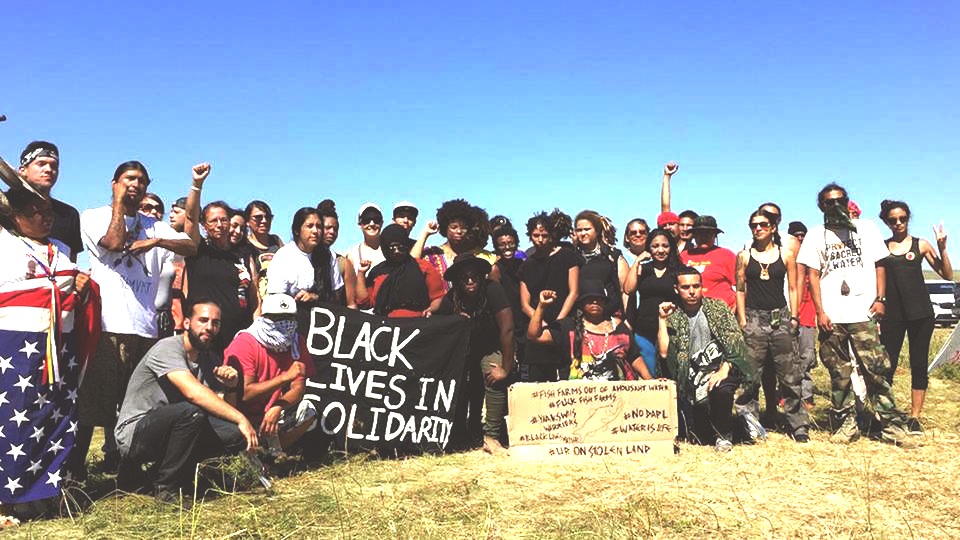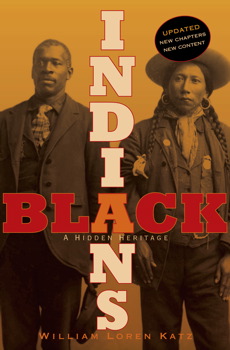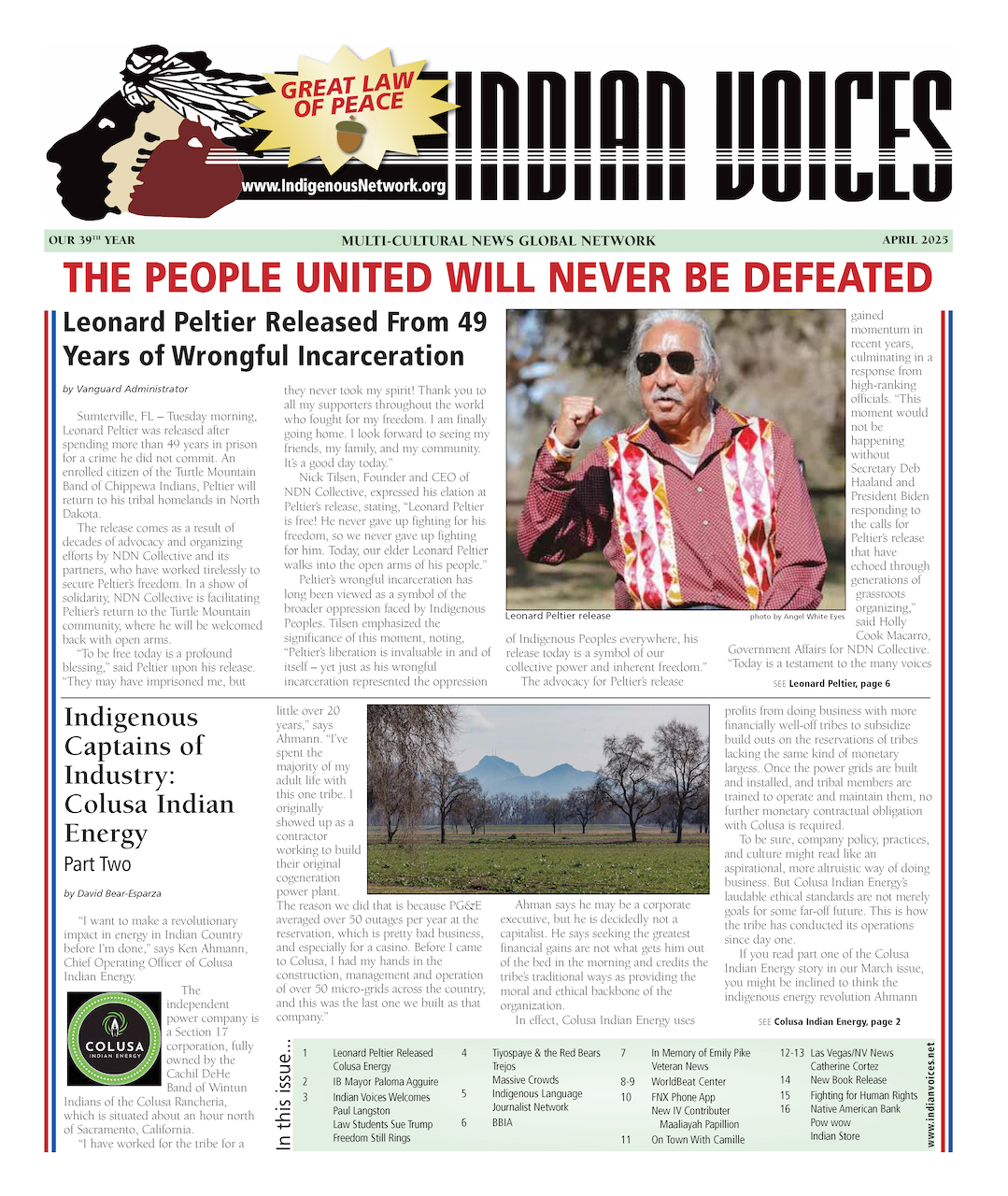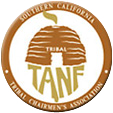 Dozens of members of Black Lives Matter arrived
Dozens of members of Black Lives Matter arrived
by late August to support the massive Indigenous
American protest at Standing Rock against the XL
Pipepline that threatened their water supply and
their holy sites. This unity affirmed a tradition that
began five centuries ago when people of African
and Indigenous descent united to fight the march
of European invaders and slave-catchers.
By early September thousands of protestors
shouting “water is life” faced state troopers and police with attack dogs in scenes that
duplicated Birmingham Alabama in 1963 when Sheriff Bull Connor unleashed snarling dogs
against civil rights marchers.
A Black Lives Matter website issued this statement to explain its presence at Standing Rock:
“Black Lives Matter stands with Standing Rock. As there are many diverse manifestations of Blackness, and Black people are also displaced Indigenous peoples, we are clear that there is no Black liberation without Indigenous sovereignty . . . . . America has committed and is committing genocide against Native American peoples and Black people. We are in an ongoing struggle for our lives and this struggle is shaped by the shared history between Indigenous peoples and Black people in America, connecting that stolen land and stolen labor from Black
and brown people built this country.”
In 1502, when enslaved Africans on Hispaniola escaped to Indian villages, Governor Ovando reported it this way: “They fled among the Indians and never could be captured.”

In Black Indians: A Hidden Heritage [Atheneum, 2012 revised edition], historian William Loren Katz, calls this the beginning of the First Rainbow Coalition, and an alliance that despite many attacks, lasted for five hundred years.
The book follows the history and the many forms taken by this joint resistance to slavery and tyranny. He reveals the many Indian stations of the Underground Railroad in the North and South, and a full blown of 42 year war in Florida against slaveholder aggression in the 1800s.
Black Indians shows the Indigenous-African alliance reappeared often in U.S. History and continued through in the Poor People’s March of the 1960s and other joint ventures at united the two peoples of color in the Americas.






